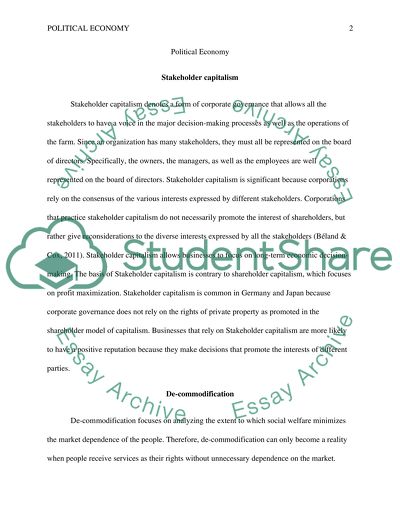Cite this document
(“Final paper Assignment Example | Topics and Well Written Essays - 1500 words - 1”, n.d.)
Final paper Assignment Example | Topics and Well Written Essays - 1500 words - 1. Retrieved from https://studentshare.org/social-science/1697078-final-paper
Final paper Assignment Example | Topics and Well Written Essays - 1500 words - 1. Retrieved from https://studentshare.org/social-science/1697078-final-paper
(Final Paper Assignment Example | Topics and Well Written Essays - 1500 Words - 1)
Final Paper Assignment Example | Topics and Well Written Essays - 1500 Words - 1. https://studentshare.org/social-science/1697078-final-paper.
Final Paper Assignment Example | Topics and Well Written Essays - 1500 Words - 1. https://studentshare.org/social-science/1697078-final-paper.
“Final Paper Assignment Example | Topics and Well Written Essays - 1500 Words - 1”, n.d. https://studentshare.org/social-science/1697078-final-paper.


